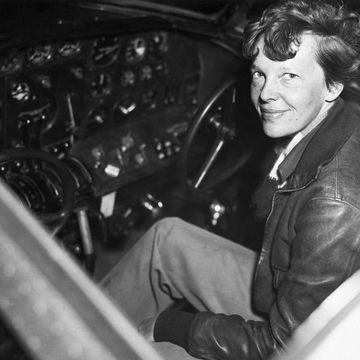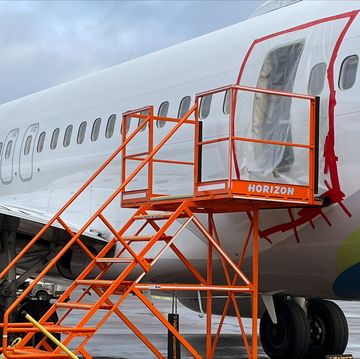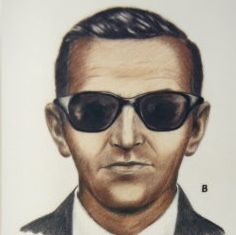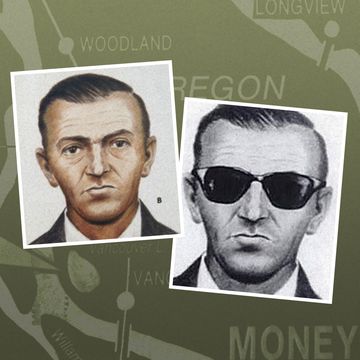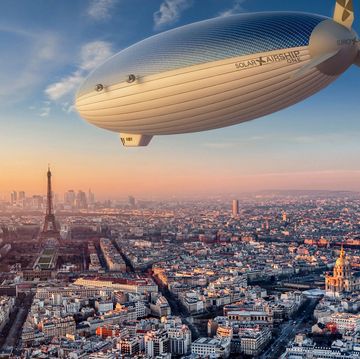The Future That Never Was: Pictures from the Past
Popular Mechanics is in the business of predicting. Whether it's tech trends, concept cars or tomorrow's top science, we have been looking forward on the printed page throughout our 100-plus-year history. And it's not always accurate.

When Popular Mechanics magazine launched in 1902, it seemed almost impossible for our editors and writers to imagine what 2010 might look like, but that didn't stop them from trying. Since then, we've published countless predictions of scientists, inventors, and other visionaries as steam gave way to electricity, stone buildings were overshadowed by skyscrapers of concrete and steel, and advances in transportation and telecommunications seemed to shrink the world.
Now we live in an era we're used to thinking of as "the future." Though we still lack flying cars and jet packs (as predicted in 1928 and 1964), our clothes are made of milk (as we forecast in 1929), our foods are fortified with grass (1940), and our mail is sorted by robots and delivered by airplane (though perhaps not the way we anticipated in 1921). Surrounded by wonders and a fast-evolving culture of innovation, it's just as challenging today for us to imagine the next century as it must have been for our early 20th century colleagues to envision the fabled year 2000.
So we decided it was high time to take a look back at the predictions of the past, not only to score them on accuracy (some are shockingly prescient, some hilariously wrong) but also to pay tribute to the inventiveness of the past. We hope this collection of articles and essays, which first appeared in Popular Mechanics between 1903 and 1969, will inspire fabulous new visions as well as recalling the sense of wonder that previous generations of readers felt when they craned their necks at the first skyscrapers, read about the first heart transplant, and watched the first man walk on the moon. Power up your personal helicopter and join us on a glorious adventure in the many wonderful worlds of tomorrow.
Watch Next
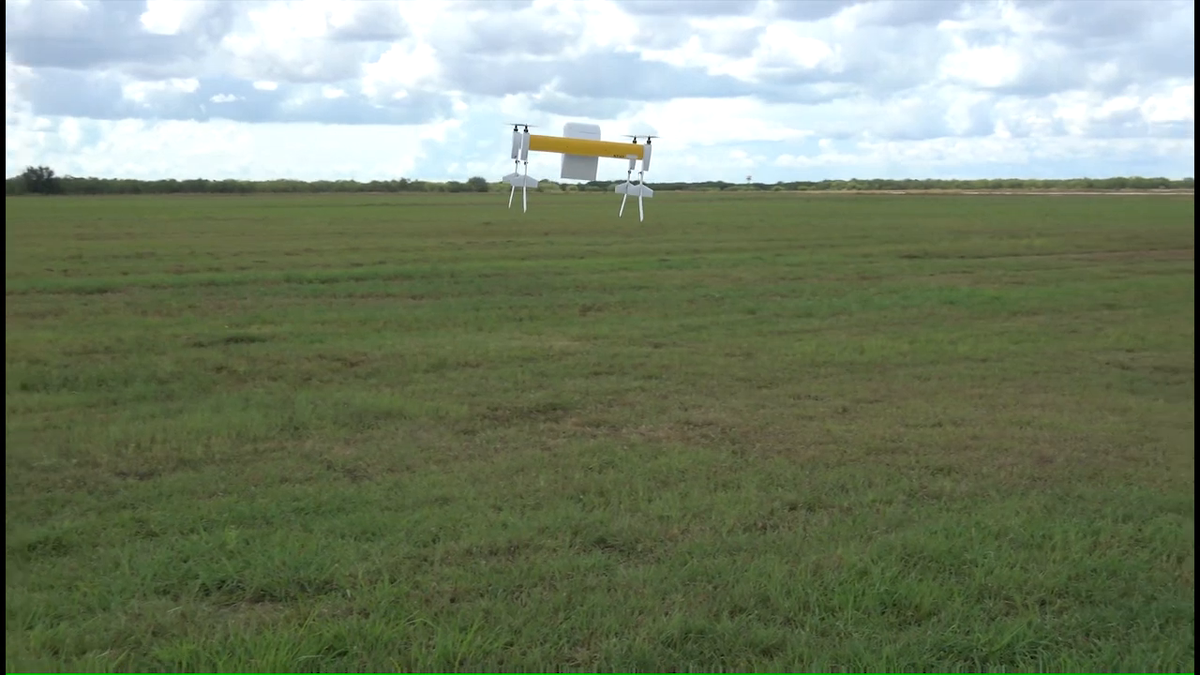

Treasure Hunters Are Looking for MH370.

How Bessie Coleman's Sky-High Ambition Killed Her
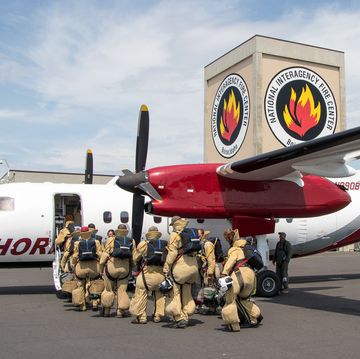
Can Smokejumpers Still Protect a World on Fire?

7 People Who Have Confessed to Being D.B. Cooper

